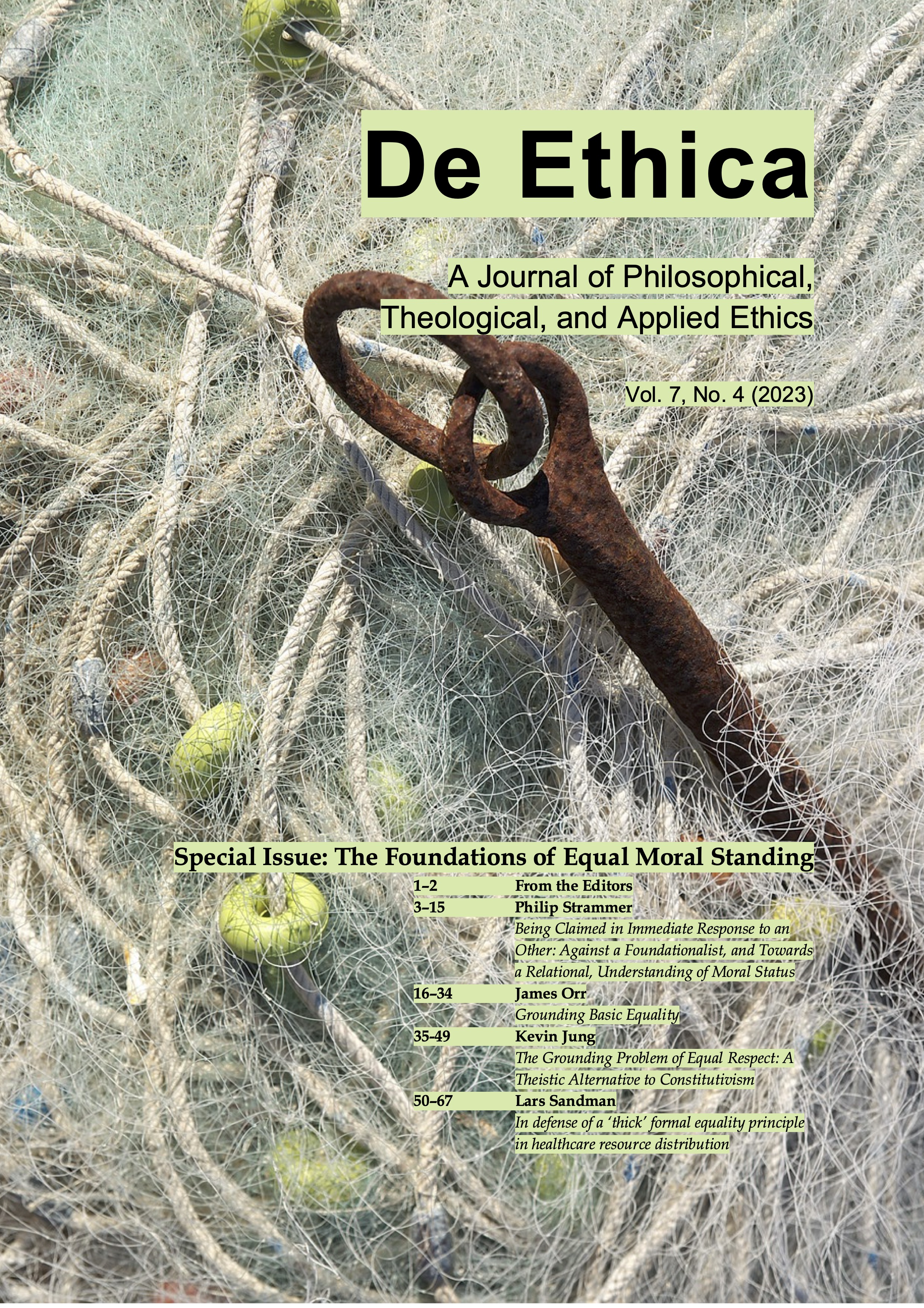In defense of a ‘thick’ formal equality principle in healthcare resource distribution
DOI:
https://doi.org/10.3384/de-ethica.2001-8819.237450Keywords:
formal equality, justice, fairness, priority setting, healthcareAbstract
Given resource constraints in healthcare, demands justice and equity require the constant development of material principles for resource distribution. In many cases, such material principles are formulated as mid-level principles, well-adapted to handle healthcare distribution but suffering from aspects outside the healthcare context that affect their application. In healthcare, factors outside the healthcare system will sometimes affect patients’ equal opportunity to receive treatment and achieve health. Examples of such factors might include an individual’s economic means, the cost of drugs, geography, etc. This article explores whether the formal equality principle could help us address such problems. It is argued that the traditional (thin) formal equality principle can aid in priority setting, both as a heuristic tool to aid in consistency and also in handling under-determined cases. However, it appears to be too ‘thin’ to handle problems caused by factors outside the healthcare context. In the article, I explore a more robust version of the formal equality principle and argue that such a principle can be used to address such cases. However, even a more comprehensive formal equality principle will need to consider whether some other actors have a moral responsibility to address the problem or whether the issue could be solved more effectively by others. Furthermore, such a principle needs to consider whether the opportunity cost of achieving ‘thick’ formal equality is acceptable, given the material principles of distribution.
Downloads
Published
How to Cite
Issue
Section
License
Copyright (c) 2023 Lars Sandman

This work is licensed under a Creative Commons Attribution 4.0 International License.

